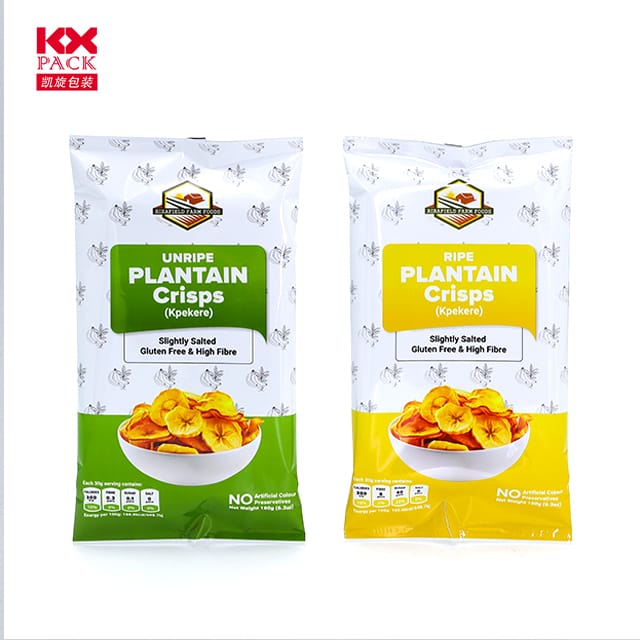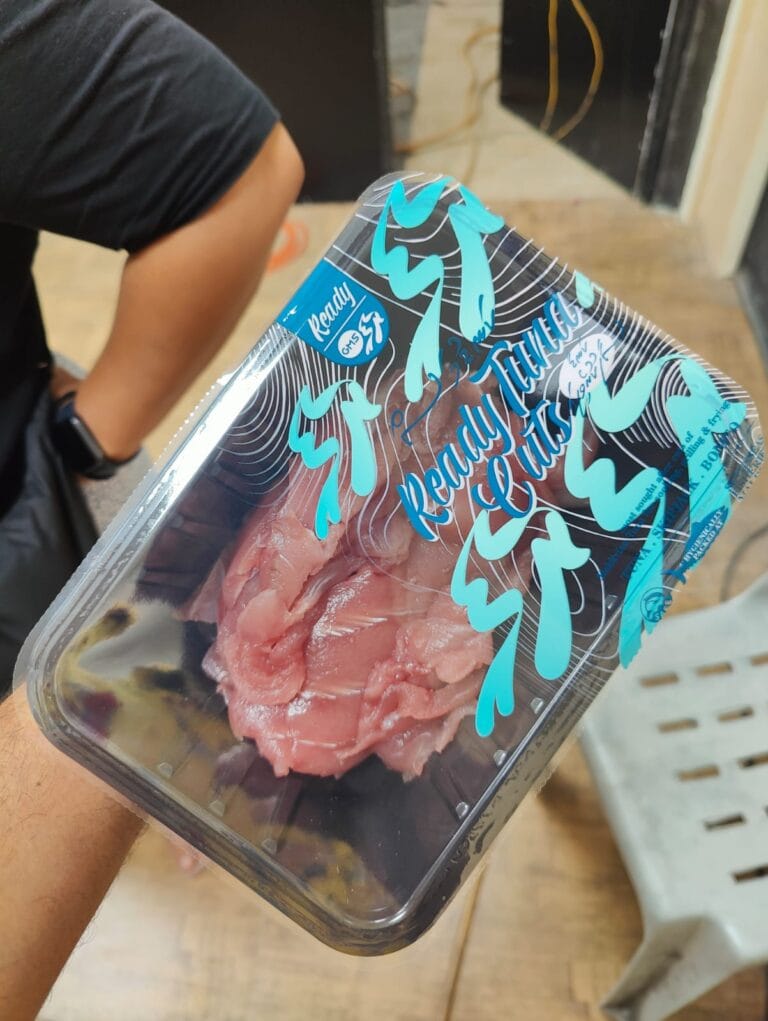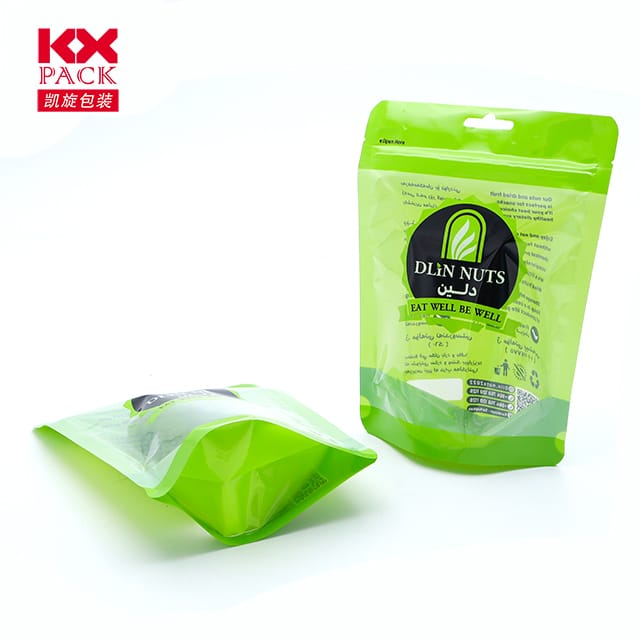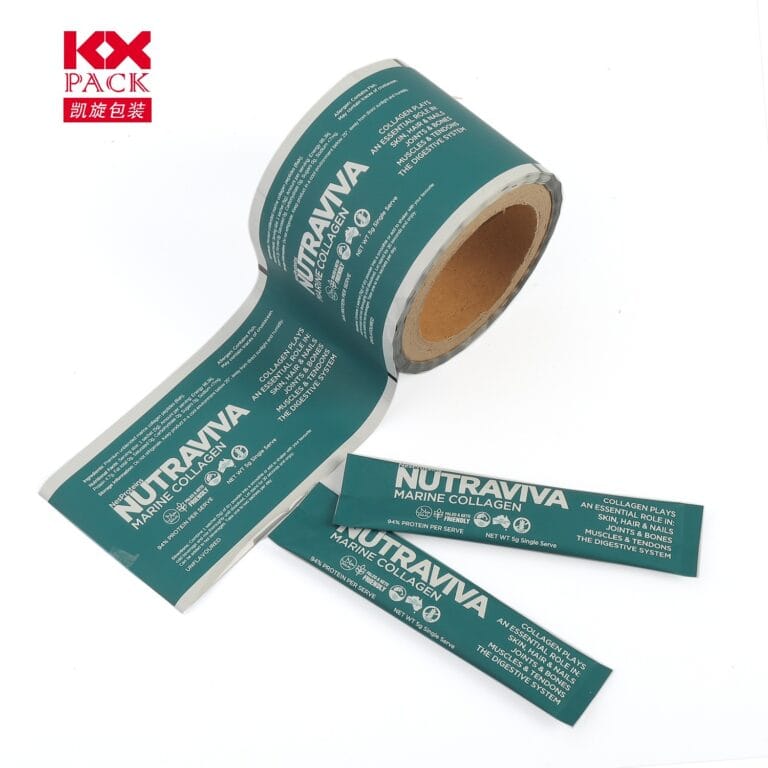бһҠбһҖбһ…бҹҒбһүбһ“бһјбһңбһҖбһ¶бһҡбһ–бһ·бһҸ: бһ•бһӣбһ”бҹүбҹҮбһ–бһ¶бһӣбҹӢбһ“бҹғбһҖбһ¶бһҡбһҡбһ»бҹҶбһҒбҹ’бһҹбҹӮбһ—бһ¶бһ–бһҷбһ“бҹ’бһҸбһ”бҹ’бһӣбһ¶бһҹбҹ’бһ‘бһ·бһ…бһ“бһ·бһ„бһҮбһҳбҹ’бһҡбһҫбһҹбһ”бҹ’бһҡбһҖбһ”бһҠбҹ„бһҷбһ“бһ·бһҡбһ“бҹ’бһҸбһҡбһ—бһ¶бһ– (7)
бһҒбҹ’бһҹбҹӮбһ—бһ¶бһ–бһҷбһ“бҹ’бһҸбһ”бҹ’бһӣбһ¶бһҹбҹ’бһ‘бһ·бһҖбһҡбһ»бҹҶбһўбһ¶бһ бһ¶бһҡ
In our fast-paced lives, бһҖбһ¶бһҡбһҡбһ»бҹҶбһ”бҹ’бһӣбһ¶бһҹбҹ’бһ‘бһ·бһ…бһ”бһ¶бһ“бһҖбҹ’бһӣбһ¶бһҷбһҮбһ¶бһ•бҹ’бһ‘бҹҮбһ”бһ¶бһҷбһҠбҹӮбһӣбһҳбһ¶бһ“бһ—бһ¶бһ–бһңбһ„бҹ’бһңбҹҒбһ„бһҹбҹ’бһҳбһ¶бһҡбһҸбһё, бһҠбҹҸбһҖбһҷбһҡбһҹбһҳ, бһ бһҫбһҷбһ бһ¶бһҖбҹӢбһҠбһјбһ…бһҮбһ¶бһҳбһ·бһ“бһўбһ¶бһ…бһҒбҹ’бһңбҹҮбһ”бһ¶бһ“. бһ”бҹүбһ»бһ“бҹ’бһҸбҹӮбһ“бҹ…бһ–бҹҒбһӣбһҠбҹӮбһӣбһҖбһ¶бһҡбһ–бҹ’бһҡбһҪбһҷбһ”бһ¶бһҡбһҳбҹ’бһ—бһўбҹҶбһ–бһёбһ”бһҡбһ·бһҹбҹ’бһҗбһ¶бһ“бһҖбһҫбһ“бһЎбһҫбһ„, бһңбһ¶бһҠбһӣбҹӢбһ–бҹҒбһӣбһҠбҹӮбһӣбһҸбҹ’бһҡбһјбһңбһҳбһҫбһӣбһұбҹ’бһҷбһҖбһ¶бһ“бҹӢбһҸбҹӮбһ…бҹ’бһ”бһ¶бһҹбҹӢ, бһ—бһ¶бһ–бһҷбһ“бҹ’бһҸбһҠбҹӮбһӣбһҳбһ¶бһ“бһҸбһҳбҹ’бһӣбһ¶бһ—бһ¶бһ–бһҠбҹӮбһӣбһҷбһҫбһ„бһ”бҹ’бһҡбһҫбһҮбһ¶бһҡбҹҖбһ„бһҡбһ¶бһӣбҹӢбһҗбҹ’бһ„бҹғ. бһҸбҹ„бҹҮбһҠбһҖбһўбһ„бҹ’бһӮбһ бҹҒбһҸбһ»бһ…бҹҒбһүбһ“бһјбһңбһҖбһ¶бһҡбһ–бһ·бһҸбһўбҹҶбһ–бһёбһҒбҹ’бһҹбҹӮбһ—бһ¶бһ–бһҷбһ“бҹ’бһҸбһ”бҹ’бһӣбһ¶бһҹбҹ’бһ‘бһ·бһҖбһҡбһ»бҹҶ, бһ•бһӣбһ”бҹүбҹҮбһ–бһ¶бһӣбҹӢбһҡбһ”бһҹбҹӢбһңбһ¶, and how we can make smarter choices.
What Is Food Wrapping Plastic Film?
бһҒбҹ’бһҹбҹӮбһ—бһ¶бһ–бһҷбһ“бҹ’бһҸбһ”бҹ’бһӣбһ¶бһҹбҹ’бһ‘бһ·бһҖбһҡбһ»бҹҶбһўбһ¶бһ бһ¶бһҡ, often called “бһҡбһ»бҹҶбһ”бҹ’бһӣбһ¶бһҹбҹ’бһ‘бһ·бһ…” бһ¬ “cling film,” is typically made from бһ”бҹүбһјбһӣбһёбһўбҹҒбһ‘бһёбһЎбҹӮбһ“ (PE), a lightweight and flexible plastic polymer. ItвҖҷs designed to cling tightly to containers, keeping food fresh by blocking air and moisture. While itвҖҷs undeniably handy for covering leftovers, wrapping sandwiches, or storing produce, бһ—бһ¶бһ–бһ„бһ¶бһҷбһҹбҹ’бһҡбһҪбһӣбһҡбһ”бһҹбҹӢбһңбһ¶бһҳбһ¶бһ“бһҸбҹҶбһӣбҹғбһҗбҹ’бһӣбҹғ.
The Environmental Toll
- Single-Use Plastic Waste
Plastic wrap is a single-use item, meaning itвҖҷs used once and discarded. Only 9% of global plastic waste is recycled, бһ“бһ·бһ„ бһҒбҹ’бһҹбҹӮбһ—бһ¶бһ–бһҷбһ“бҹ’бһҸбһ”бҹ’бһӣбһ¶бһҹбҹ’бһ‘бһ·бһҖбһҡбһ»бҹҶбһўбһ¶бһ бһ¶бһҡ is notoriously difficult to recycle due to its thin, stretchy texture. Most ends up in landfills, where it can take centuries to decompose, or worseвҖ”pollutes oceans and rivers. - Microplastic Contamination
As plastic film breaks down, it fragments into microplastics, which infiltrate soil, water, and even the food chain. Studies show humans ingest бһҡбһ бһјбһҸбһҠбһӣбҹӢ 5 grams of microplastics weekly via food and waterвҖ”a concerning statistic with unknown long-term health impacts. - Carbon Footprint
The production of plastic film relies on fossil fuels, contributing to greenhouse gas emissions. Manufacturing just 1 kilogram of polyethylene generates around 2.3 kilograms of CO2.
Is There a Safer Alternative?
бһ”бһ¶бһ‘! Eco-conscious brands and individuals are pioneering alternatives that balance practicality with sustainability:
- Reusable Wraps
- Beeswax Wraps: Coated in beeswax, jojoba oil, and tree resin, these cloths mold around containers and can be washed and reused for up to a year.
- Silicone Lids: Stretchy, airtight lids that fit over bowls and containers, dishwasher-safe and durable.
- Compostable Films
Made from plant-based materials like cornstarch or potato starch, these films break down in industrial composting facilities. бһ‘бҹ„бҹҮбһҷбҹүбһ¶бһ„бһҺбһ¶бһҖбҹҸбһҠбҹ„бһҷ, theyвҖҷre not suitable for home composting and require specific conditions to decompose fully. - Glass or Stainless Steel Containers
Ditch single-use plastics entirely with airtight containers that last a lifetime. Pair them with silicone lids or cloth covers for zero-waste storage.
How to Reduce Your Plastic Film Use
- Buy in Bulk: Purchase larger quantities of food to minimize packaging waste.
- Plan Meals: Reduce leftovers by cooking only what you need.
- DIY Alternatives: Make your own beeswax wraps using fabric scraps and beeswax pellets.
- бһҖбҹӮбһ…бҹ’бһ“бҹғбһҸбҹ’бһҡбһ№бһҳбһҸбҹ’бһҡбһјбһң: Check local recycling guidelinesвҖ”some areas accept clean plastic wrap for recycling.
The Future of Food Preservation
Innovation is key. Companies are exploringedible coatings (made from ingredients like chitosan or lactic acid) бһ“бһ·бһ„mycelium-based materials (fungal networks that biodegrade naturally). While these solutions are still emerging, consumer demand can drive their adoption.
Your Choice Matters
Every time you reach for plastic wrap, remember: ThereвҖҷs a more sustainable way to protect your food. By opting for reusable or compostable alternatives, youвҖҷre not just preserving freshnessвҖ”youвҖҷre helping preserve the planet.
LetвҖҷs cling to change, not plastic. рҹҢҚ
Has this inspired you to rethink your kitchen habits? Share your favorite eco-friendly food storage hacks below!
Keywords: бһҒбҹ’бһҹбҹӮбһ—бһ¶бһ–бһҷбһ“бҹ’бһҸбһ”бҹ’бһӣбһ¶бһҹбҹ’бһ‘бһ·бһҖбһҡбһ»бҹҶбһўбһ¶бһ бһ¶бһҡ, sustainable alternatives, plastic pollution, eco-friendly kitchen, compostable wraps, microplastics, reusable containers







